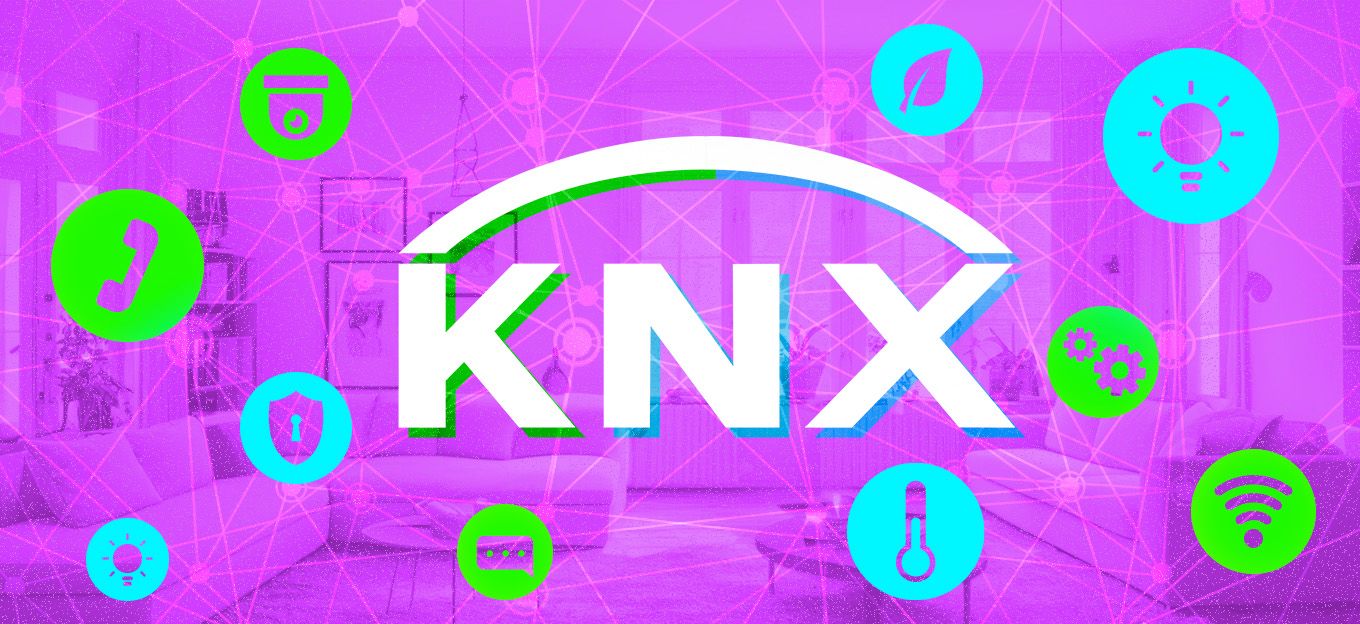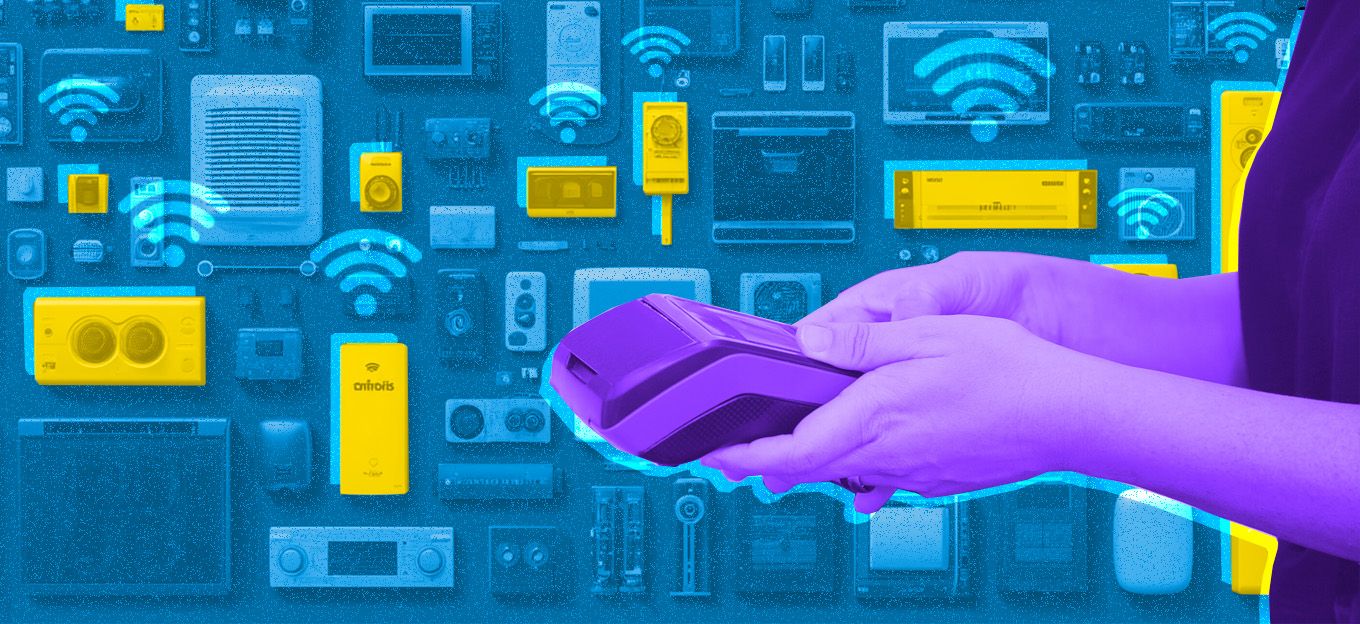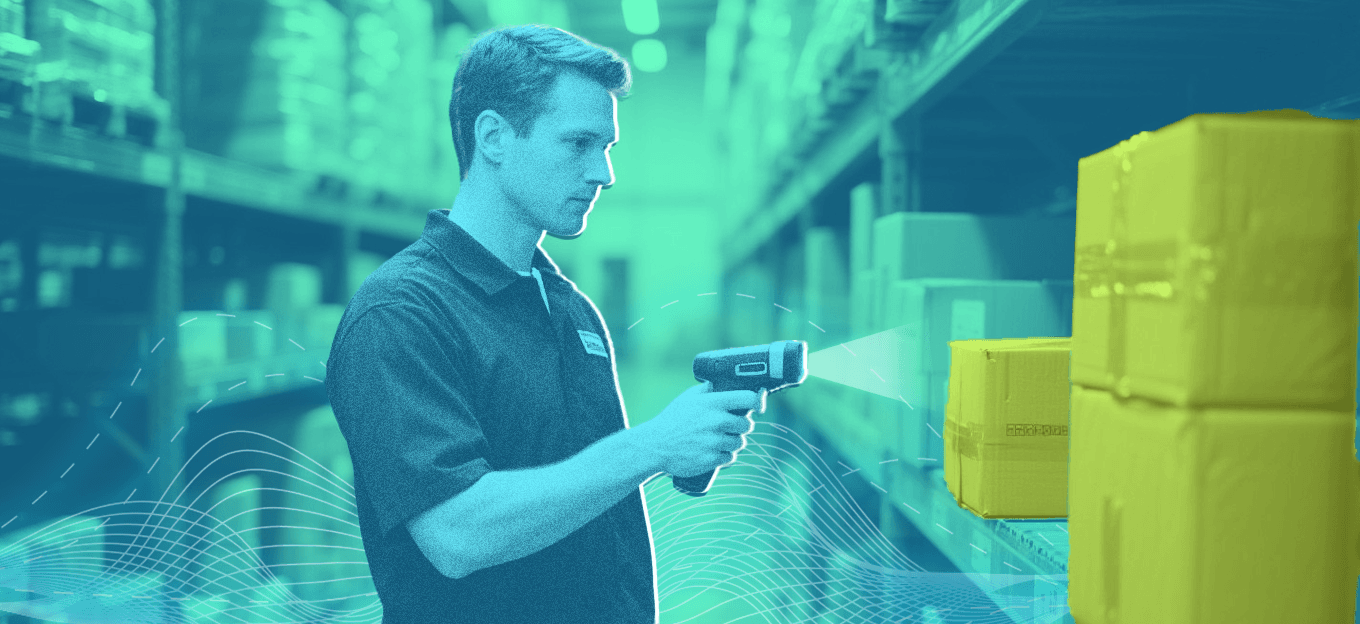IoT for Libraries: Top 3 Ways Technology Can Improve the User Experience
IoT for Libraries: Top 3 Ways Technology Can Improve the User Experience
- Last Updated: December 2, 2024
Pandya Chintan
- Last Updated: December 2, 2024



The marketplace is saturated with information, education, and entertainment, meaning people need a variety of offerings. Modern libraries, in accordance with the changing times and as part of the service industry, are using technology to increase reader loyalty. IoT has made it possible for libraries to use RFID, drones, blockchain, AI, and VR/AR to improve their services and make the most out of technology.
'IoT has made it possible for libraries to use RFID, drones, blockchain, AI, and VR/AR to improve their services and make the most out of technology.' - Pandya Chintan
RFID System
Radio Frequency Identification (RFID) is a widely-used technology for book identification and library safety. In addition, the RFID system can alert library staff in the event of theft. Certain major libraries use RFID technology for complete inventory management. Libraries can also use interactive library kiosk that allow users to search and explore library resources, peruse full-text readings, self-issue/return materials, access their accounts, reserve items, and pay overdue fees. There are various advantages of the RFID system, including time efficiency, increased visibility, simplified direct access, and enhanced client experience.
Drones
The drone is an autonomously piloted, unmanned aerial vehicle helpful for transporting materials remotely. Initially, drones were used by the military for the delivery of medication, but they are now frequently employed in commercial logistics. Amazon, DHL, the food delivery sector, and now libraries are adopting drones for the distribution of materials in an efficient and secure manner. These drones are also referred to as PARCELCOPTERs, and they may be used to deliver lightweight and medium-weight items. During the COVID-19 pandemic especially, libraries turned to drones to safely deliver books to people.
Augmented Reality (AR)
Augmented Reality (AR) is a technology that provides a composite picture by superimposing a simulation-generated image on a user's perspective of the actual world. It is a fairly simple tool and any library, archive, and museum may incorporate augmented reality. AR allows customers to see the library in three dimensions. All of this is accomplished using a software application, mobile location technology, photos, videos, infographics, shelfmarks, and interconnected data. Now, people searching for books don't have to wander between bookshelves, hopelessly lost. They can instead use AR to access the layout of a particular library and find what they are looking for virtually. Once they have the location, they can physically head there and find their books.
Blockchain Technology
People use smart ID cards like credit/debit cards, library cards, office ID cards, parking cards, and hospital cards. The technology in these cards includes microchips, magnetic strips, RFID tags, and NFC tags. Each card is encrypted with a unique ID number that is stored in a database on a different server or network. People can find it hard to carry and protect all their cards at the same time. Blockchain technology means that all the different cards are combined into one smart card that stores all of a person's biometric information and has RFID built-in. The block metric database library lets different networks talk to each other and gets data from the master database.
The Most Comprehensive IoT Newsletter for Enterprises
Showcasing the highest-quality content, resources, news, and insights from the world of the Internet of Things. Subscribe to remain informed and up-to-date.
New Podcast Episode

Moving Past the Pilot Phase in IoT and AI
Related Articles





